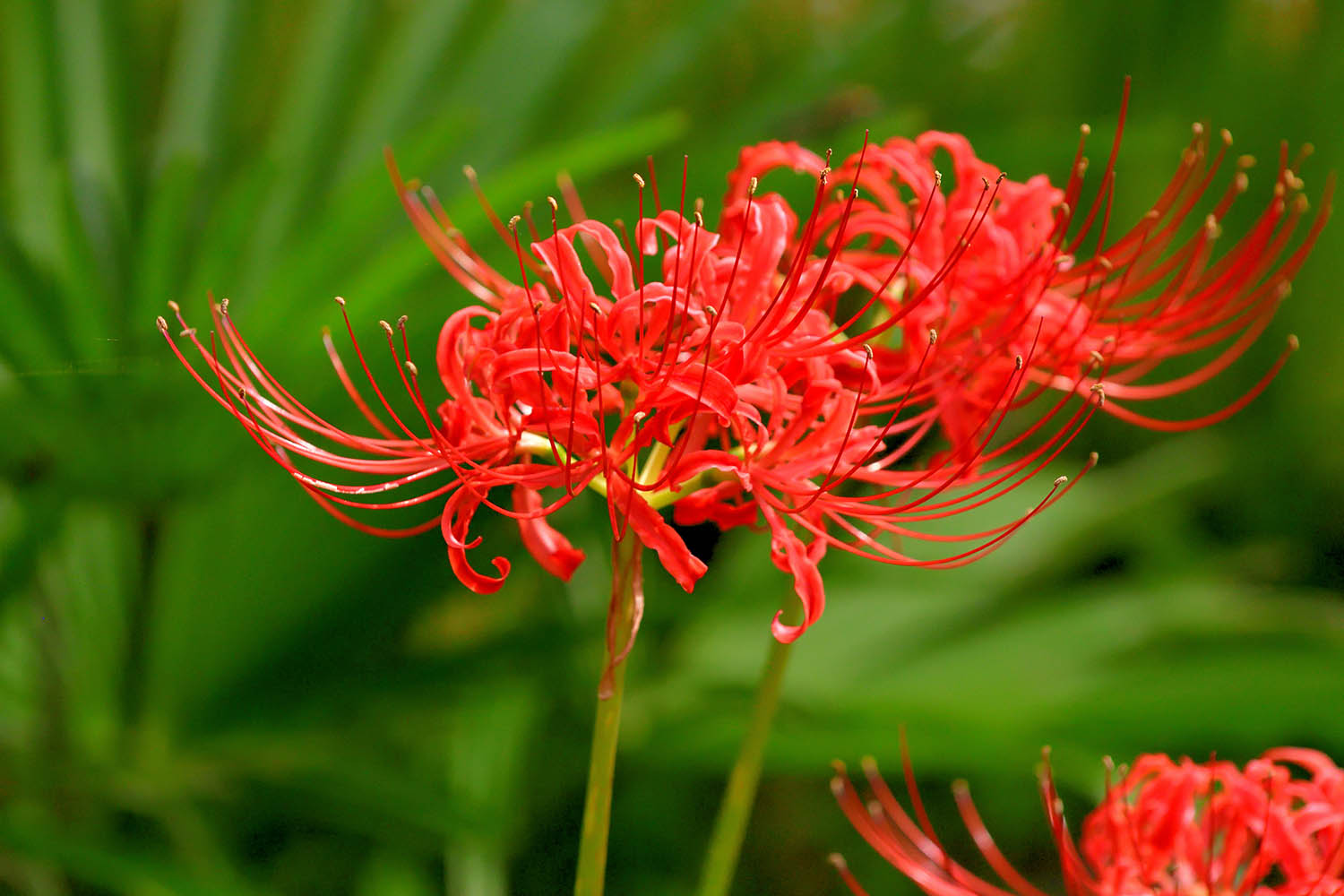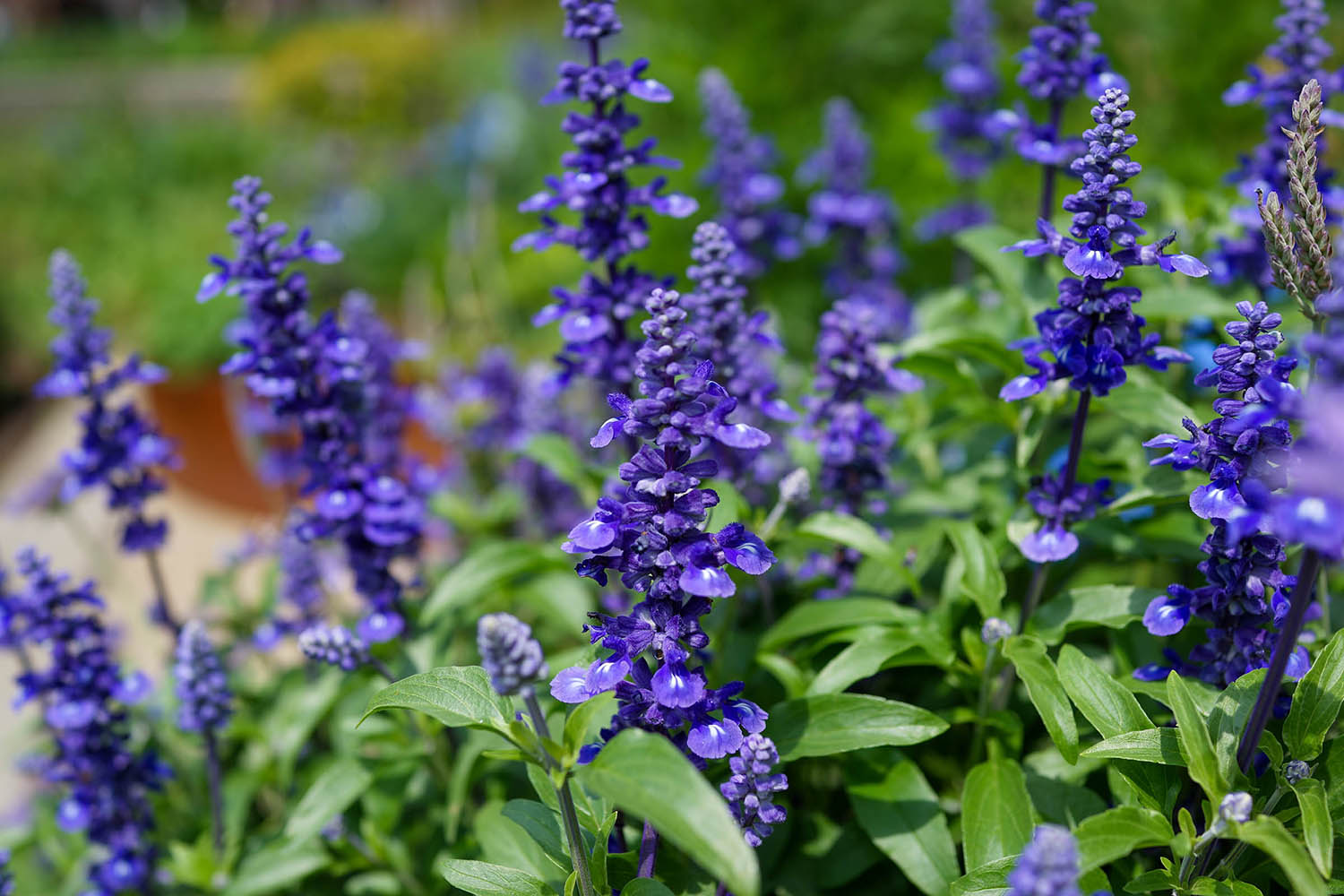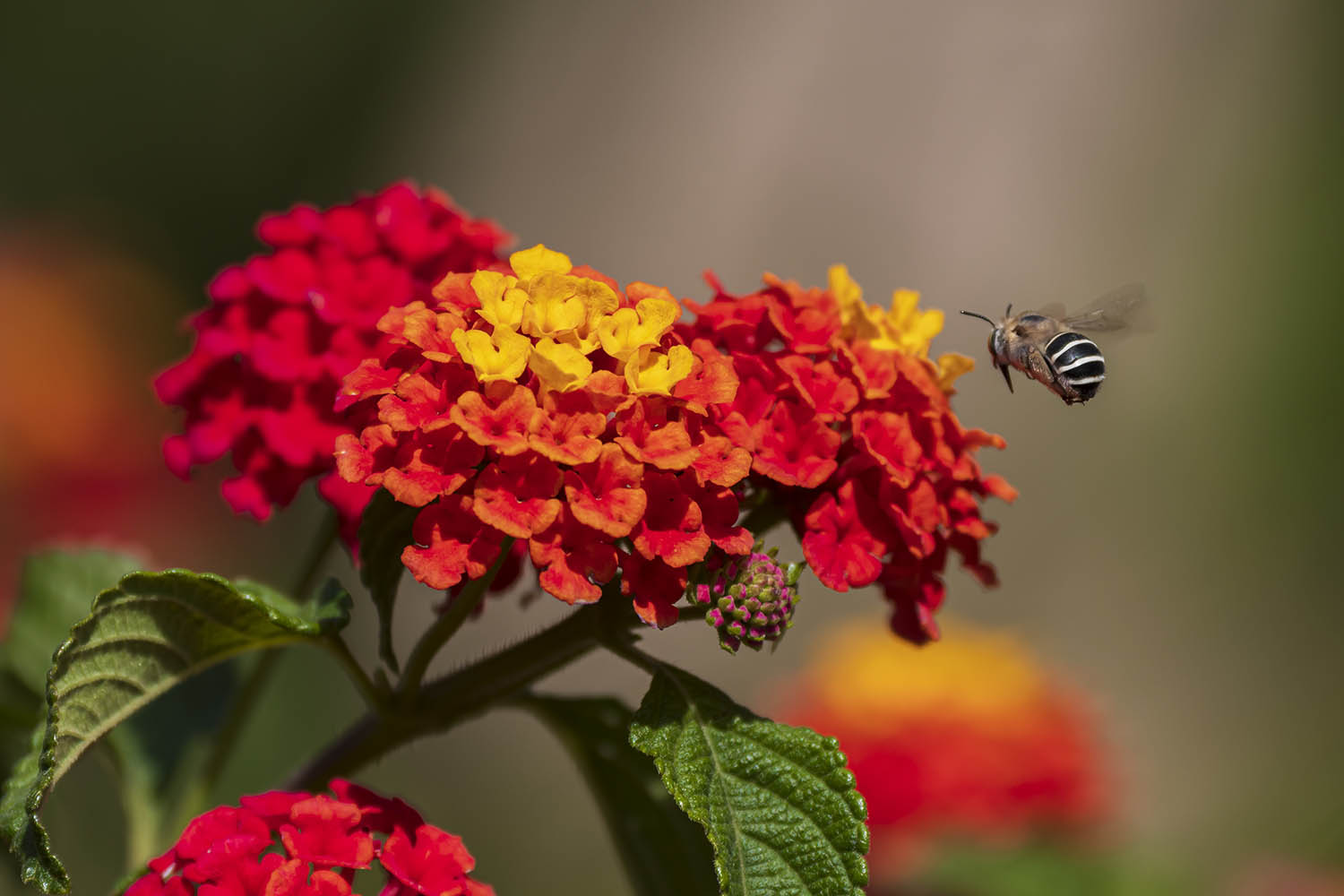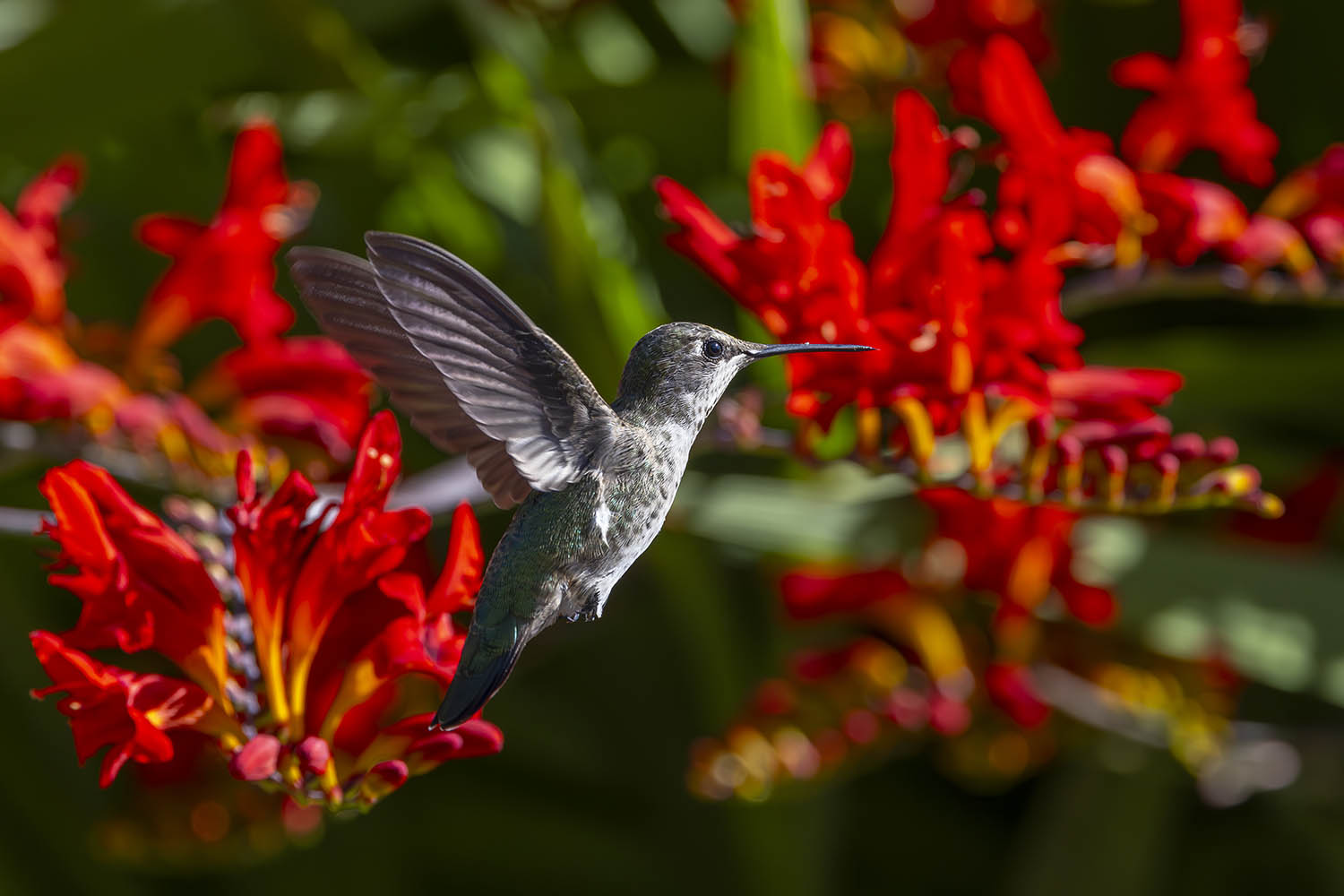
‘Naked lady’ spider lilies bring surprise blooms
Every regular co-host on the WPTF Weekend Gardener has discussed with delight, at one time or another, the attributes of the “naked lady” spider lily or Lycoris radiate. I have read that the name “Lycorus” refers to the mistress of the Roman leader Mark Anthony. Of course, there are other names for this popular bulb: “Cluster amaryllis”, “Equinox flower”, “Hurricane lilies”, “Magic lily”, “Resurrection lily”, and “Surprise lily”. Yes, this extraordinary perennial bulb is in the amaryllis family and is a native of China, Korea and Japan, but there are varieties that are native to the southeastern U.S. including North Carolina. … Continue Reading

Salvia: A colorful, hardy favorite for Carolina gardens
Everyone should have some type of salvia in their landscape. Sage advice, I must say, if you like puns that is! Salvia also is known for its medicinal qualities for oral health, digestion problems and cognitive issues. I for one have never considered eating salvia. Sage is, of course, considered a culinary herb, so I suppose I have eaten some over the years. There are over a thousand salvia species and just as many cultivars and hybrids. Just like several plants I have in my yard, salvia is part of the mint family. Most salvia flowers don’t have fragrance, however their foliage does. Salvia is also a pollinator favorite.… Continue Reading

Lantana: The sun-loving, pollinator-friendly powerhouse
I have grown to love lantana. I never really had anything against it. It’s just the fact I haven’t had a lot of sun areas in my landscape and lantana can take up a fair amount of room if it is happy. Most of North Carolina is hot throughout the summer and we certainly have drought periods. Lantana is made to order for these conditions. Lantana is in the verbena family and is sometimes called “shrub verbena.” It comes in various sizes from 1 to 6 feet tall and 3 to 5 feet wide according to my friends at the Cooperative Extension Service. It loves full sun, moist, but well-drained soil to fully perform. Lantana grows particularly well in the piedmont and thrives on the coastal plain and coast of North Carolina. It is even salt tolerant.… Continue Reading

Lantana: The sun-loving, pollinator-friendly powerhouse
I have grown to love lantana. I never really had anything against it. It’s just the fact I haven’t had a lot of sun areas in my landscape and lantana can take up a fair amount of room if it is happy. Most of North Carolina is hot throughout the summer and we certainly have drought periods. Lantana is made to order for these conditions. Lantana is in the verbena family and is sometimes called “shrub verbena.” It comes in various sizes from 1 to 6 feet tall and 3 to 5 feet wide according to my friends at the Cooperative Extension Service. It loves full sun, moist, but well-drained soil to fully perform. Lantana grows particularly well in the piedmont and thrives on the coastal plain and coast of North Carolina. It is even salt tolerant.… Continue Reading

Crocosmia: From Sweet Melissa’s grandparents to your garden
We have enjoyed growing the very colorful Crocosmia-“montbretia” or “Coppertips”- a summer-blooming flower that reminds me of a miniature gladiola. Crocosmia grows from corms which are sort of like bulbs that store nutrients. Crocus, Dalias, Anemones, and Gladiolus do too. We have had them in our landscape for decades. This flower grew abundantly in Sweet Melissa’s grandparents’ landscape in Pittsboro and she transplanted a few bulbs to our yard. The few are now many. Melissa’s paternal grandparents, Marvin and Myrtle Reeves were special people. Everyone who knew them said so. That makes our crop of Crocosmia extra special.… Continue Reading



